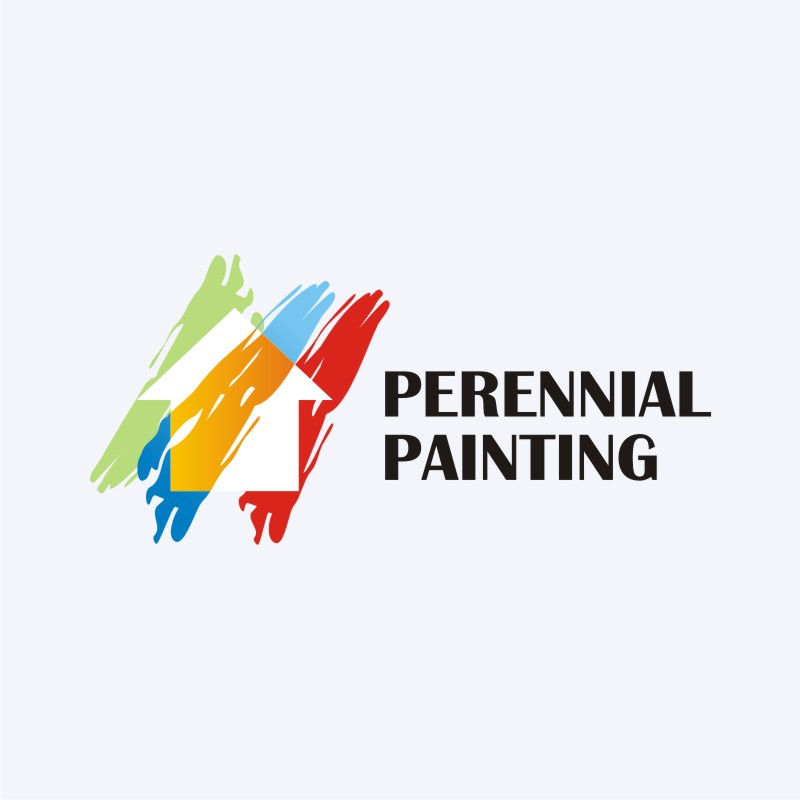Discover The Methods Which Seasonal Variables Can Influence The Success Of Business Outside Painting And Identify The Most Effective Times To Attain Long Lasting Results For Your Project
Discover The Methods Which Seasonal Variables Can Influence The Success Of Business Outside Painting And Identify The Most Effective Times To Attain Long Lasting Results For Your Project
Blog Article
Find Out More -Burnham Whalen
When you're planning an industrial external painting task, seasonal aspects can make or break your outcomes. You'll wish to think about just how temperature and humidity effect paint application and drying times. Selecting the right season can ensure your paint sticks properly and lasts much longer. However which seasons are really the best for this sort of work? Let's discover the crucial elements that can impact your task's success.
The Influence of Temperature Level on Paint Application
When you're intending a business outside painting job, the temperature level can significantly affect how well the paint sticks and dries.
Ideally, you intend to repaint when temperatures vary between 50 ° F and 85 ° F. If it's as well cold, the paint might not heal correctly, leading to concerns like peeling or splitting.
On the other side, if it's too warm, the paint can dry out also promptly, protecting against appropriate bond and resulting in an irregular surface.
You should also think about the time of day; early morning or late afternoon supplies cooler temperature levels, which can be much more beneficial.
Constantly inspect the maker's recommendations for the specific paint you're using, as they often offer support on the perfect temperature variety for optimal results.
Moisture and Its Effect on Drying Times
Temperature isn't the only ecological aspect that affects your industrial outside painting job; humidity plays a considerable function also. High moisture levels can slow down drying times drastically, affecting the total high quality of your paint job.
When the air is saturated with moisture, the paint takes longer to cure, which can bring about problems like inadequate adhesion and a higher risk of mildew development. If you're painting on an especially damp day, be prepared for prolonged wait times in between coats.
It's important to monitor local climate condition and plan appropriately. Ideally, go for look at this website in between 40% and 70% for optimum drying out.
Maintaining these consider mind ensures your project stays on track and provides a long-term coating.
Best Seasons for Commercial Outside Paint Projects
What's the very best season for your commercial external paint jobs?
Springtime and very early fall are typically your best options. During these seasons, temperature levels are mild, and humidity degrees are usually reduced, creating excellent conditions for paint application and drying.
Prevent summer's intense heat, which can cause paint to dry too quickly, resulting in inadequate adhesion and finish. Similarly, winter months's cold temperatures can hinder proper drying out and healing, running the risk of the longevity of your paint work.
Go for days with temperature levels in between 50 ° F and 85 ° F for ideal results. Keep in mind to check the neighborhood weather forecast for rainfall, as wet conditions can wreck your job.
Planning around these factors ensures your paint task runs efficiently and lasts much longer.
Verdict
Finally, intending your industrial exterior paint jobs around seasonal factors to consider can make a considerable distinction in the end result. By organizing work during the ideal temperature levels and humidity levels, you'll make certain much better adhesion and drying times. Bear in mind to keep an eye on regional weather prediction and select the correct time of year-- springtime and very early autumn are your best options. Taking these steps will assist you achieve a sturdy and specialist coating that lasts.
